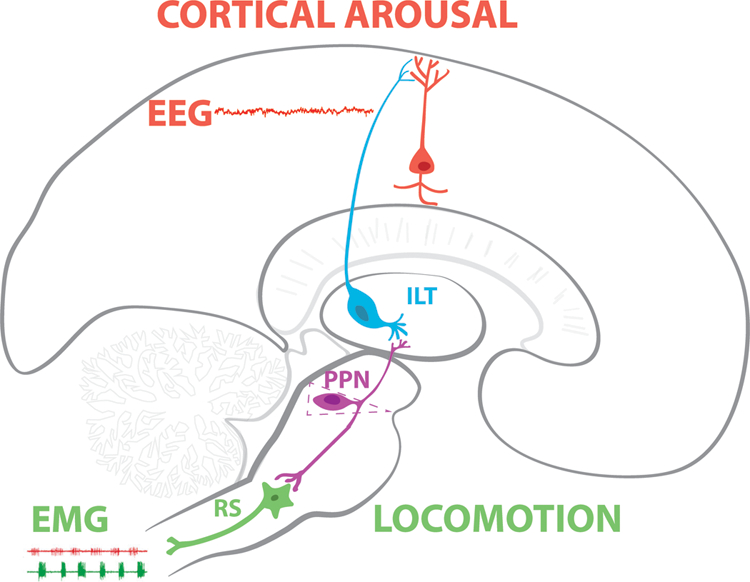Figure 1. PPN modulation of cortical arousal and posture and locomotion.

Afferent input arising in parallel to primary sensory pathways activates PPN neurons with intrinsic gamma oscillations. Output from PPN ascends to the intralaminar thalamus (ILT) where cells also manifest N- and P/Q-type calcium channel-mediated intrinsic gamma oscillations. In turn, the ILT projects to upper layers of the cortex to activate pyramidal neurons. Differences in coherence during waking vs REM sleep suggest that the PPN, as the source of both mechanisms, helps modulate cortical EEG in the gamma band range. Simultaneously, descending projections from the PPN modulate the firing of reticulospinal (RS) neurons to trigger locomotion during waking or changes in posture, such as atonia, during REM sleep. This general diagram is not intended to represent accurate anatomical locations and connectivity. The reader is referred to Garcia-Rill (2015) for much more detailed anatomical sections, 3D reconstructions, and connectivity.
